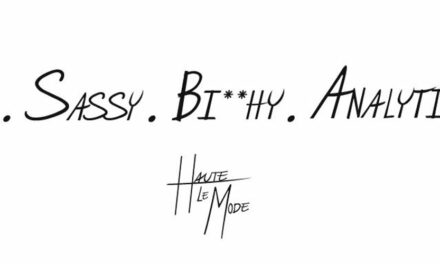Making the business case for a technology change is primarily about your return on investment (ROI).
Your investment to structure your content is likely to be much greater than the direct costs for a component content publishing system, including the software licenses and the hardware infrastructure needed in IT to support the new software. Your total cost of ownership (TCO) must also include indirect costs for retraining workers to write stand-alone topics using new editing tools and change management costs as a result of unavoidable personnel turnover.
To make the business case for structuring your content, you must align the many advantages of structured content with specific needs in your business or organization.
Structured content has many distinct advantages like modularity, single-sourcing, content reuse, multiple delivery formats and channels, and it facilitates translation.
The new DITA structured content standard also adds benefits like topic-based authoring, conditional processing, task-orientation, component publishing, information typing, minimalism, inheritance, specialization, and simplified XML.
Be aware that structured content also has some significant indirect costs that should figure in your ROI calculations. Some senior writers are likely to resign rather than change their writing style. You’ll also have costs for specialists to help analyze and organize your content for structured delivery.
Let’s take a look at a few identifiable tangible and intangible benefits of structured content:
Modularity–Think of your content creation as an assembly line operation. Large content structures are built from modular components. XML content management systems have enabled modularity for years. Individual elements can be pulled from the XML by XQuery and XPath and then deployed in highly specific publishing instances. Personalization of content, for example, requires a modular design. The payoff is that individual modules are easy to maintain.
Single-source–When you have one source for each piece of content, you get the astonishing ability to change it in one place and have the change propagate everywhere. A product name change becomes much more manageable. Your business-critical marketing messages are standardized everywhere. Some call single source a “single source of truth” because you are assured that your customers are not getting mixed messages that can confuse them, reduce sales, and increase the need for tech support. The ROI on single-source publishing appears to be an intangible when planning a new system. Hard cost savings are hard to calculate. But the ability to make rapid changes in critical content has obvious marketing and sales advantages.
Reuse–The cost savings associated with reuse of content increase greatly when your content goes through a workflow with distinct review and approval stages, for example legal approval. Content that is reused generally can avoid all or most of the extra steps in the workflow that involve accuracy of content. You will still need design approval of the in-context appearance of the reused content.
Partial reuse is when much of your content remains the same in a product life cycle change. In these days of shorter and shorter product release cycles, partial reuse can save not only money but the time needed for production of the revised materials. And time is money.
Multiple Output Formats and Delivery Channels–Assessing the value of multiple formats should be straightforward. If you are doing business only on the web, you may need only XHTML, though PDF output may be valuable for those who want to download your documentation. If your content is overwhelmingly print-based, you may not realize any benefits here.
But if you are an average business with a web presence and a good deal of print content, structured standards like DITA will be a plus and give you the future benefit of preparing online help materials by reusing existing content and easily adapting content for mobile delivery.
Translation –The biggest return on investment from structured reusable content comes from translation savings, especially important for firms competing in today’s global marketplace.
If you have quantitative estimates of your content (number of pages and average words per page), the fraction of your content that can be reused, and the number of localization languages, you might run a simple calculation of your cost savings. The formula is: Number of pages x Average number of words/page x Translation cost per word x Number of languages.
With a translation management system (TMS) you can develop a much more sophisticated estimate of costs and cost savings. For more accurate estimates of the fraction of content that can be reused, a TMS will usually include a tool to calculate simple repetition of words. These words may need only to be translated once.
At the DITA Users member organization, we are now using an Idiom Technologies WorldServer On-Demand globalization management system to help us localize our website into ten languages. We will soon be in a position to report more specific translation savings that come from reusable structured content. ROI matters to us, too and I will give you a report on our ROI experience in an upcoming column.
(www.ditausers.org; www.idiominc.com)






